Charber - fragrant spicy grass used mainly in cooking as a spicy seasoning. It is not difficult to grow a charker on its plot. Moreover, it can be done both in the garden or in the garden and in a flower pot. How to put a charker and how to care for the plant? Detailed information in the article.
Charker and chamber: What is the difference?
Charker and a chabret - similar names, but absolutely different plants, although they treat the same family of casnotkov.
- Charker is a unall, and a chabret or, as it is also called, thyme, is a perennial plant.
- The chamber is a low-spirited aromatic shrub, the stems of which are literally shake on the ground.
- Charker is also an aromatic semi-staple, but distinguished by higher and reprehensive shoots.
- Both of these kinds of plants occupy their own niches among spicy seasonings and medicinal herbs.
Charker, plant description
- Charker is an annual shrub or a semi-stabiliar, common in Asian countries and the Mediterranean. In southern countries, it is possible to cultivate some types of chasuber and as a long-term plant.
- Stem-grass stem-grass branch and slightly dropped, painted in purple tone. The height of the Khabra bustice reaches no more than 40 cm, although under favorable conditions, an increase of up to 70 centimeter marks is possible.
- The narrow lanceal leaves of the chamber - all-string, dark green, are located on short stiffs.
- Charker blooms in the middle of summer. The flowers at the annual minor, up to 10-15 mm, are collected several pieces and are located in the sinuses of the leaves. The bell tallestly prominent chamber flower can be painted in light blue, lilac, pale yellow or pink shades, depending on the varietality. A characteristic feature of the inflorescences of the Chabra is the pink intersection in the yawa of each flower.
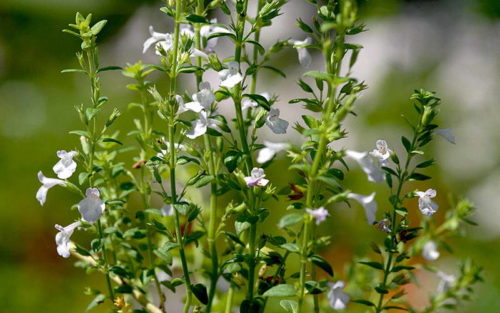
- After flowering, numerous small seeds of the seeds are ripening, dark brown, which retain the germination for 5-7 years.
- The root system is represented by a thin rod root, about 15 cm long.
- Garden ship is often referred to as a fragrant chabrome or pepper grass, thanks to the thin spicy aroma of the above-ground part of the plant. If you confront on the palm of the leaflet of the chamber - a strong specific aroma will feel, to taste resembling burning pepper.
- Charker refers to moderately cold-resistant plants capable of calmly carry minor frosts.
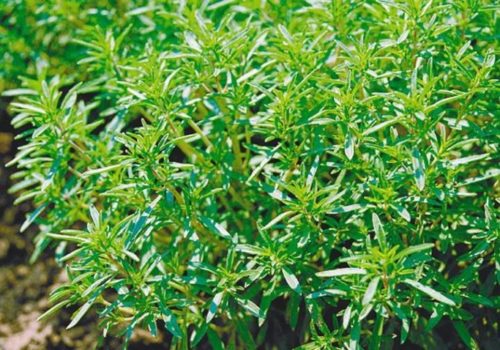
Charker, interesting facts
- Charker has an ancient history described in the manuscripts of Virgil, the famous poet of ancient Rome. It turns out that the Romans believed in the miraculous force of the peppermaster's grass and wore wreaths, considered healing, improving the memory and clarifying the consciousness of its owner. Later, such a wreath symbolized the personality of a person to an elite and noble family.
- In ancient Greece, the Personal Grass was valued as an acute and spicy seasoning for meat dishes, sauces, garniram and even dairy products.
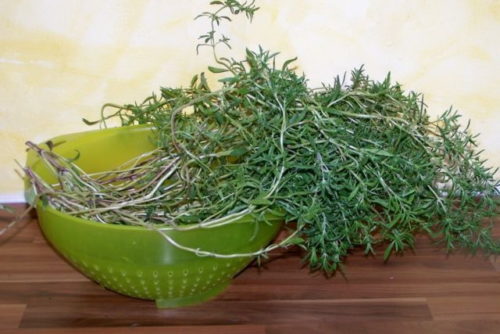
- In Russia, they have also been familiar with fragrant grass. The pepper culture was fured out the castors of the cows and treated with milk tanks so that the milk did not scope longer. Over time, cheap seasoning has found its application in Russian cuisine.
- In Germany and France, the charker is recognized as medicinal grass at the official level and is indicated as an effective antibacterial and antiparasitic agent.
- In Bulgaria, the culture refers to the "Chubril", and the seasoning is considered one of the most beloved and popular in Bulgarian cuisine. So that the dish is not prouded, professional cooks are recommended to add seasoning at the very end of cooking.
Charker, Plant Application
- The initial value and purpose of the Chuber, of course, is reduced to the use of grass as a spiced fragrant seasoning to a variety of dishes, salts and conservations. Taste, this grass is burning, resembling acute peppers. The greenery of the chabr is rich in vitamin C, essential oils, phytoncides, carotine, mineral salts and trace elements.
- Fresh sealer of the severity is used to prepare brine when canning cucumbers, tomatoes or mushrooms. Often, fragrant grass is used in the production of smoked meat and sausage products, giving the product a delicious spicy aroma. Fresh, fragrant greens are added to salads from cucumbers, tomatoes and cabbage.
- Seasoning the Chuber is perfectly combined not only with meat and vegetable dishes, but also with fish. Charber bag even in the dough for the preparation of salted cookies; The grass is brewed in the form of ordinary tea, with a pleasant taste and fragrant aroma.
- Charker has a positive proven as a medicinal plant. Infusions and teas from the fragrant annuals have a bactericidal, anti-shine and strengthening effect, regulate and normalize the operation of the digestive system, facilitate the treatment of sharp respiratory diseases. Charber is able to excite appetite, act as a diuretic and campphic. And the latest studies of scientists show an important role of pepper herbs in processes that slow down the aging of the body and in the prevention of oncological diseases.
- With all due to all due to the healing properties of the chaber, it is not necessary to engage in self-medication, and when using it, it is necessary to consult a doctor. Pregnancy and diseases such as arrhythmia, atherosclerosis of brain vessels, cardiosclerosis, stomach, is considered contraindications of the use of burning herbs. The reason for the refusal of the use of seasoning can be individual intolerance, chronic diseases of the liver, kidney or thyroid gland.
- In addition to its culinary value, the ship is considered a good honey.
- The charker successfully planted on flower beds, alpine slides as a decorative plant.
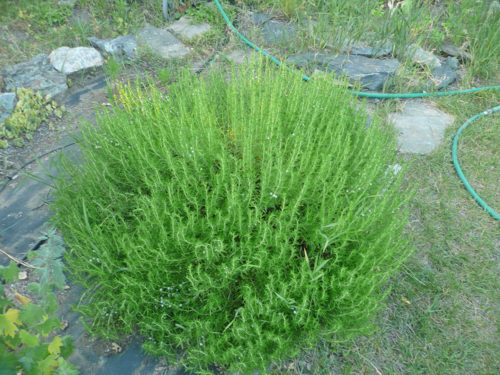
- It is also practiced to grow a chaver in room conditions, so that even in winter it was possible to use fragrant green seasoning.
- From this ether soluble plant, essential oil is obtained, used as a tonic and improving the concentration of attention. Thanks to essential oil, the ship is used in cosmetology to strengthen hair, rejuvenation of the skin, eliminate the furuncle, the treatment of eczema and dermatitis.
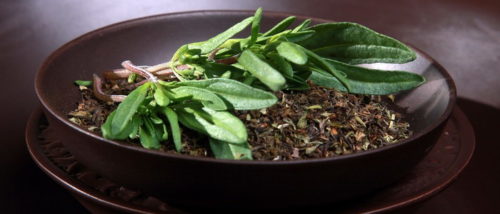
Charker, best varieties and varieties
In culture there are several varieties of the severity, characterized by the appearance, the size of the bush, aroma and taste. Breeders are not yet engaged in the removal of the hybrid varieties of the chaber. In the gardens and at the gardens, anchored wild species of pepper grass are cultivated (charker mountain, garden char, garbage cherry, chawl threshing, etc.).
- Charker garden.
The most common appearance used by gardeners in our country. The low annual growing is not above 40 cm with narrow leaves and pale pink flowers. A variety is characterized by a sweetly spicy aroma resembling thyme or soul.
- Charker mountain.
Average tall (about 50 cm) a semi-stabbed with fluttering shoots, white flowers and pointed leaves of dark green.
- Charber Lemon (African).
Perennial with creeping stems and pronounced lemon aroma. Leaves small, inflorescences gently pink shade.
- Charker Pink (Cretan).
Perennial culture with reprehensive shoots and aroma resembling thyme. Small, sizogo shade, flowers are collected in the inflorescence of the shield.
- Charber Jamaican (mint).
Tall view with reprehensive stems, densely fruitful small glossy leaves. When rubbing, the characteristic mint flavor is thinned.
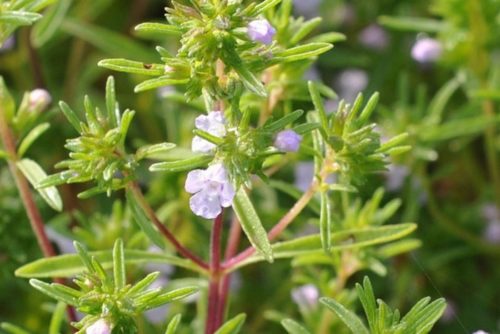
Consider the most popular sorts of sewers cultivated in our country.
- Charber "Gnome" - a low-level plant, reaching a height of not more than 30 cm.
- Charber "Aromatic" - variety with average maturation. Plant with high (up to 50 cm) branched and densely designed stem. Different with a sharp strong aroma.
- Charker "Filevsky" - a compact mid-spring grade with a foliage, which is a strong spicy pepper aroma. Culture is resistant to loneways.
- Charber "Lobio" is characterized by a sharp spicy-lying flavor and smell. The height of the bush is not more than 25 cm. The variety is considered to be the "outcomes" of the Caucasus.
- Charber Satir is distinguished by wider leaves and a high degree of decomposition.
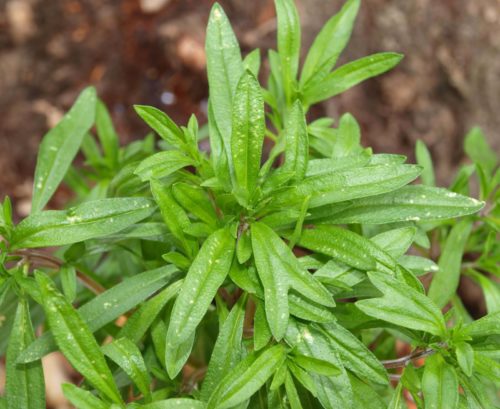
Charker, agricultural landing
Charker grown, mostly sowing seeds in open ground, immediately at a permanent place. It is less likely to fit a seaside planting method, in the case of severe swimming soil, which makes it difficult for a good germination of seeds.
If there is no possibility to plant a spicy seasoning in the garden or in the garden, you can sow a plant in the room pot, which then put on a bright balcony.
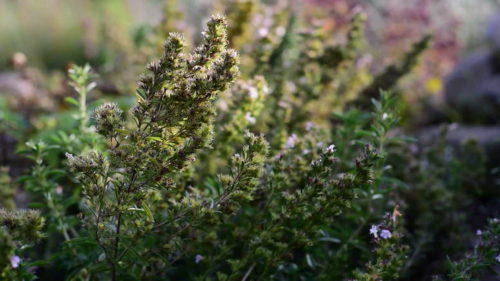
What to choose a place to land a sever?
Considering that the charker propagates a good self-sowing, it should be initially correctly choosing the appropriate place to plant the pepper herbs to enjoy the scented seasoning from year to his table.
- Charker is best planted on the site where vegetables such as cucumbers, cabbage, tomatoes or potatoes were previously grown. Bean and winter crops are also good precursors for the landing of the chaver. It is undesirable to plant Charber after his "relatives" - representatives of the family Clanotkovy: mint, Melissa, Timyan, Salfa, Oils, Majorana, etc.
- It is good to plant cams around beds with vegetables, such as cabbage. Personal grass, publishing a strong spicy flavor, scares many pests (for example, cabbage scoop).
- In general, the charker is unpretentious to the quality of the soil, but it will be best to develop on fertile soil filled with organic fertilizers. The fertility and nutritional of the soil in this case will help increase the yield and manifestation of a brighter aroma of culture.
- Petrava prefers loose lungs and drained soils. Excellent suitable loam or sandy.
- As for the light, the charker is warm and lightly culture, so it is better to choose outdoor solar, without shading, plots.
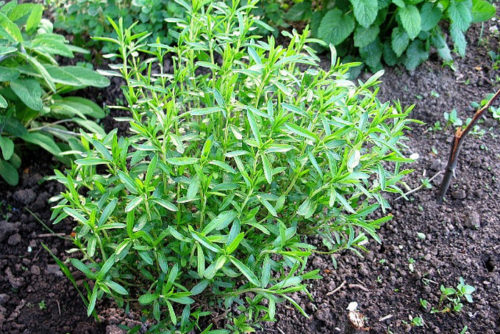
When to plant a char?
- As a rule, the charker sees immediately into the open ground.
- Sowing time depends on the specific region and its climatic conditions.
- In the southern regions of sowing, they are carried out in early April, and in colder regions - at the end of April or in early May.
- In addition, the Summy Seed Seeds is practiced, which is carried out in November. Such landings are compacted and insulated, sprinkling the area with peat or humus. With the autumn sowing, the pepper grass ripens almost a month earlier, spring landings.
- To get a fresh greens of the chamber throughout the warm season, you can search for grass several times, with an interval of 2-2.5 weeks.

How to sow charber in open ground?
- Before sowing a charker to bed, you must first prepare the site. Approximately 1.5-2 weeks before landing in the ground are fertilizers. You can use overwhelmed dung compost, as well as add some ammonium nitrate and potassium chloride.
- Then the soil is drunk, smash large blocks and roll up with robbles.
- Before sowing, the seeds of the chamber is better to dug one day in a well-moistened tissue (rutka, towel).
- After soaking, the seeds are slightly dried to be comfortable to sow them.
- For sowing is preparing a shallow groove with an interval between the rows of about 30 cm. The grooves shed water.
- The depth of seed seeds should not exceed 1 cm. Otherwise, the process of germination of pepper grass is somewhat complicated and delayed. Sowing seeds in the ground without a grocery, when the seeds are sowing to the surface of the soil and on top slightly sprinkle (mulch) landing by humus.
- Some gardeners are recommended together with seeds to bring superphosphate or ammophos into grooves, at the rate of 1 tsp. Fertilizers per 1 meter row.
- After planting seeds, the seed plot can be covered with sponbond (or agrosphan), which will speed up the process of germination of seeds.
- With a favorable positive temperature and moderate humidity, the first shoots of fragrant grass appear approximately after 1.5-2 weeks.
- The shoots that appeared on the garden have thinned, observing the interval of 10-15 cm.
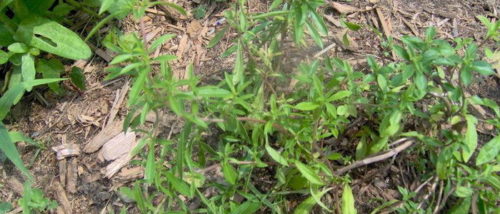
How to sow char on seedlings?
- Sowing seeds of Chabr to the seedlings are in early spring in a greenhouse or a greenhouse.
- For sowing you can use shallow sowing boxes. Then, the graceful seedlings (in the phase of formation 2-3 leaves) thinning and, approximately, put on the outdoor ground in May. As the seedlings grows, it may be necessary to also need the secondary breaking of the shoots of the chabr (in the formation phase of 4-5 leaves). When transplanting, it is important to maintain the basic lounge to the seedlings.
- The best method of growing seedlings is considered to sow seeds of the chamber into individual peat or plastic pots. In this case, the accessibility of young seedlings during transplantation to open ground will be significantly higher.
- Caring for seedlings of the chabra is regular spraying of soil with water, ventilation, thermal and light mode.
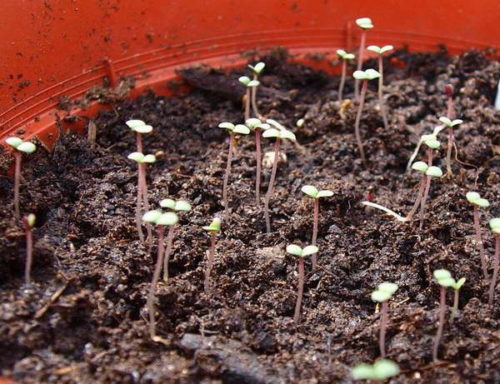
How to sow char in a pot?
- To grow a charker at home, the grass seeds are sowed immediately into a flower pot or other suitable capacity (for example, in a row).
- Sowing seeds at home is better to exercise at the end of winter, early spring.
- On the bottom of the planting capacity, drainage from crumbs or small rubble is poured.
- The soil substrate for sowing seeds of the chabr is prepared from the garden land, sand and humus in a 1: 2 ratio. You can buy a ready-made soil substrate. The main thing is to choose a mixture with a slight peat content so that it does not "scattered" the soil.
- The crops are covered with a film or glass, which when shooting appearances are removed. A similar "greenhouse effect" speeds up the timing of germination of shoots.
- Care for the sinky seeds is to water and ventilate the "greenhouse", providing sufficient lighting (at least 5-6 hours) and heat. In the event of a lack of natural light, the landing of the chaper is shoved by the lamp.
Charker, plant care features
The charker is considered an absolutely unpretentious plant and does not require complex care.
The main agrotechnical measures of growing pepper grass are reduced to regular riding and getting rid of weed grass, moderate watering and harvest.
Watering, loosening and feeding a chaber
- Like any other plant, the successful development of the chabr depends on the humidity of the soil. Depending on natural precipitation, the grass is watered as the soil drying. Particularly important is regular watering for a young growing plant. As a rule, a hot dry summer, watering exercise every two days. Adult culture watered less often. It is important to take into account that the oversupply of moisture or its stagnation is also not desirable and destroyed for the chabr.
- After irrigated or rain, the area around the plant should be exploded or to inspire. Loose, breathable soil is important for the favorable development of annual. The use of mulching materials will contribute to the preservation of moisture, and prevent the development of weeds.
- Throughout the growing season, it is recommended to make at least one feeding fertilizer. For this purpose, nitrogen-containing fertilizer is perfect for, for example, urea. The urea solution (10 g per bucket of water) perfectly stimulates the growth and development of the plant. After harvesting, it is possible to enter a nitroammophos, containing nitrogen, phosphorus and potassium (20 g of 10 liters of water) into the ground.
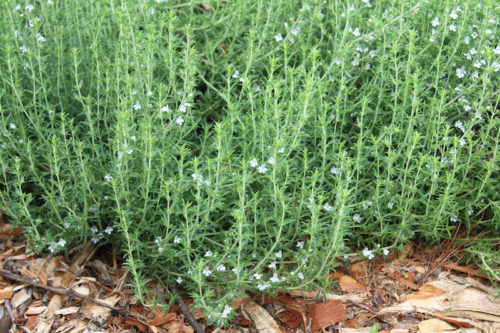
Cleaning and storage of the Cherry
- Charker blooms in July or August, but they collect the grass a little earlier, before the onset of flowering. Cobbies the grass in dry clear weather.
- To sued and preserve the spicy grass of the future, it is cut from the very base, washed under running water, knitted in bundles and dried under a canopy (in the shade) on a draft (or in a well-ventilated room). Temperature for drying plants should not exceed 30-35 0WITH.
- You can store dried spice in paper bags or glass jars, but not more than 2 years.
- Experienced gardeners are not fully cut off the shepher's bushes, and the shoots are cut separately in the places of branching. Thus, it is possible to preserve the bush of pepper grass and stimulate the growing of new, young shoots.
- It is noteworthy that dry grass has an even stronger aroma than fresh greens.
Reproduction of Chabera
- Given the ability of the Chaper to a rich self-sowing, spicy grass breeds independently, from year to year, expanding its "territory".
- You can collect the rided grass seeds or purchase seed material in the store.
- In addition to the seed method, the charker is also breeding vegetatively: dividing the bush, cuttings and roasting processes. A vegetative method of reproduction is considered more laborious and troublesome, therefore gardeners prefer the seed method of reproduction of culture.
So, the cultivation of the chaber is an absolutely simple and exciting occupation. Unpretentious and hardy culture easily breeds and practically does not need to care. In return, the plant "gives" the aromatic spicy seasoning, which can be used not only in the fresh form, but also in the dried.

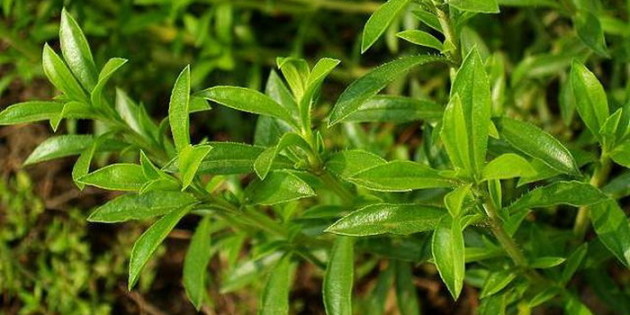
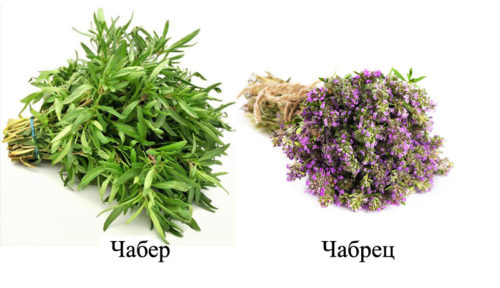
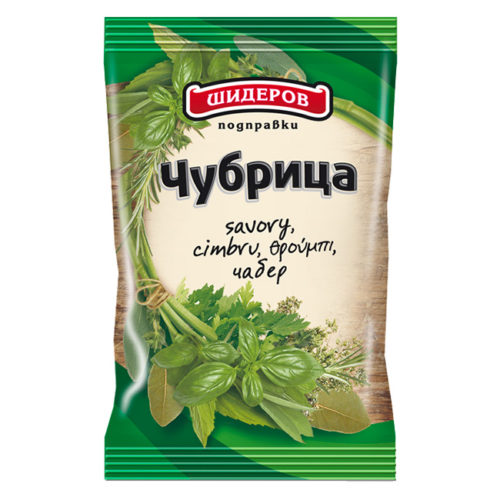

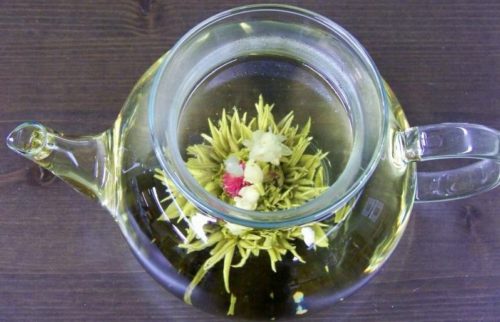
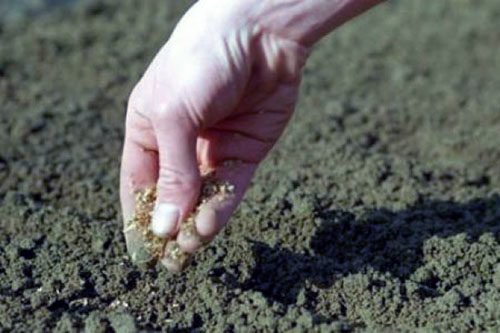
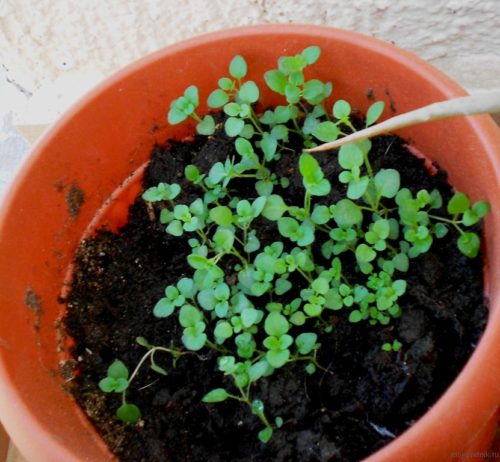
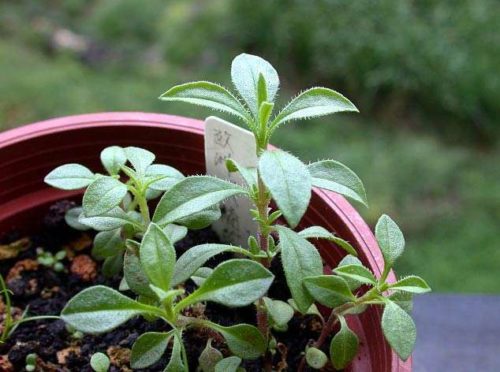
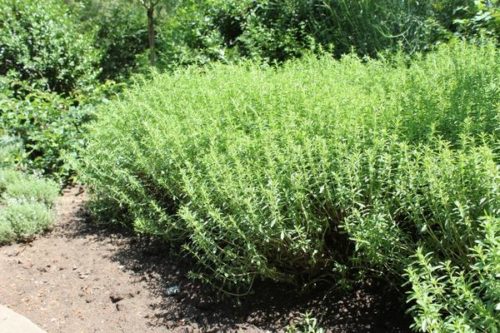
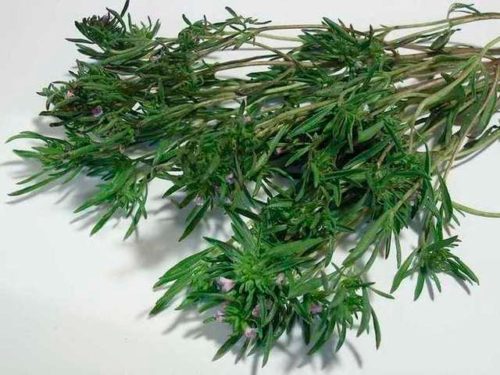
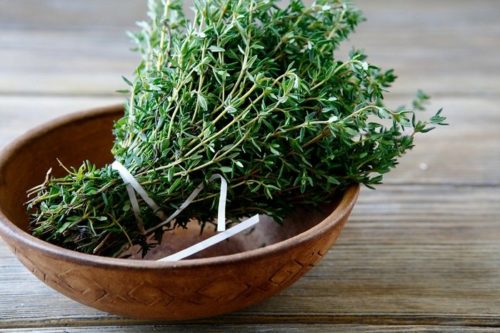
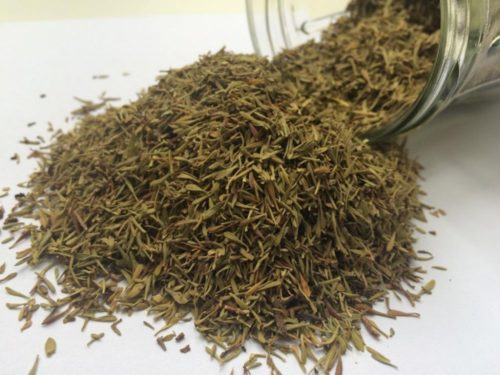
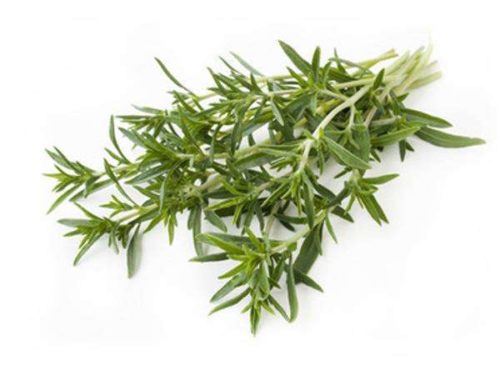
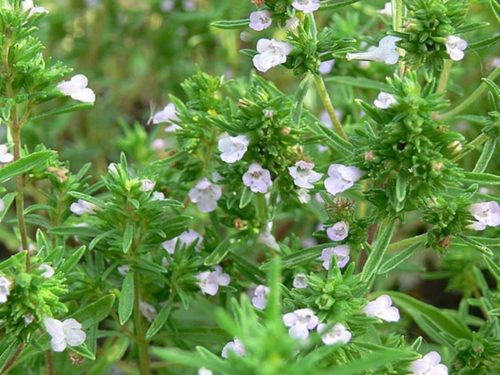
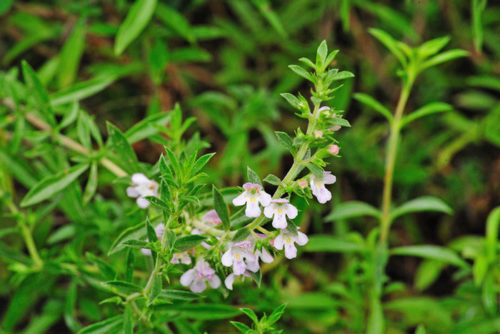

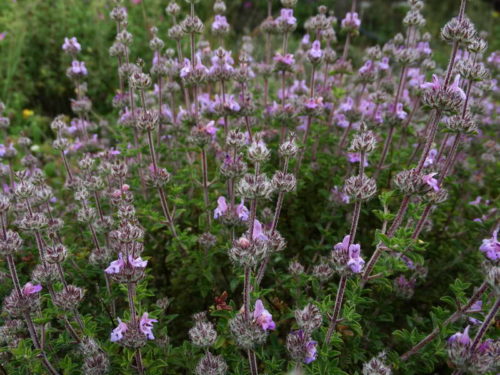
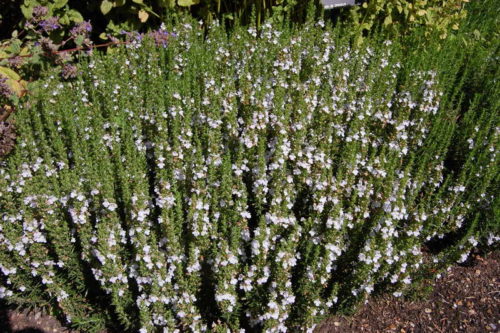
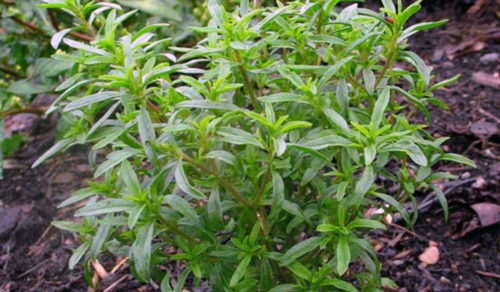
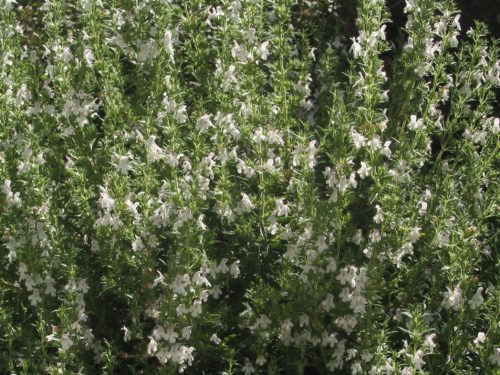












 Start a discussion ...
Start a discussion ...